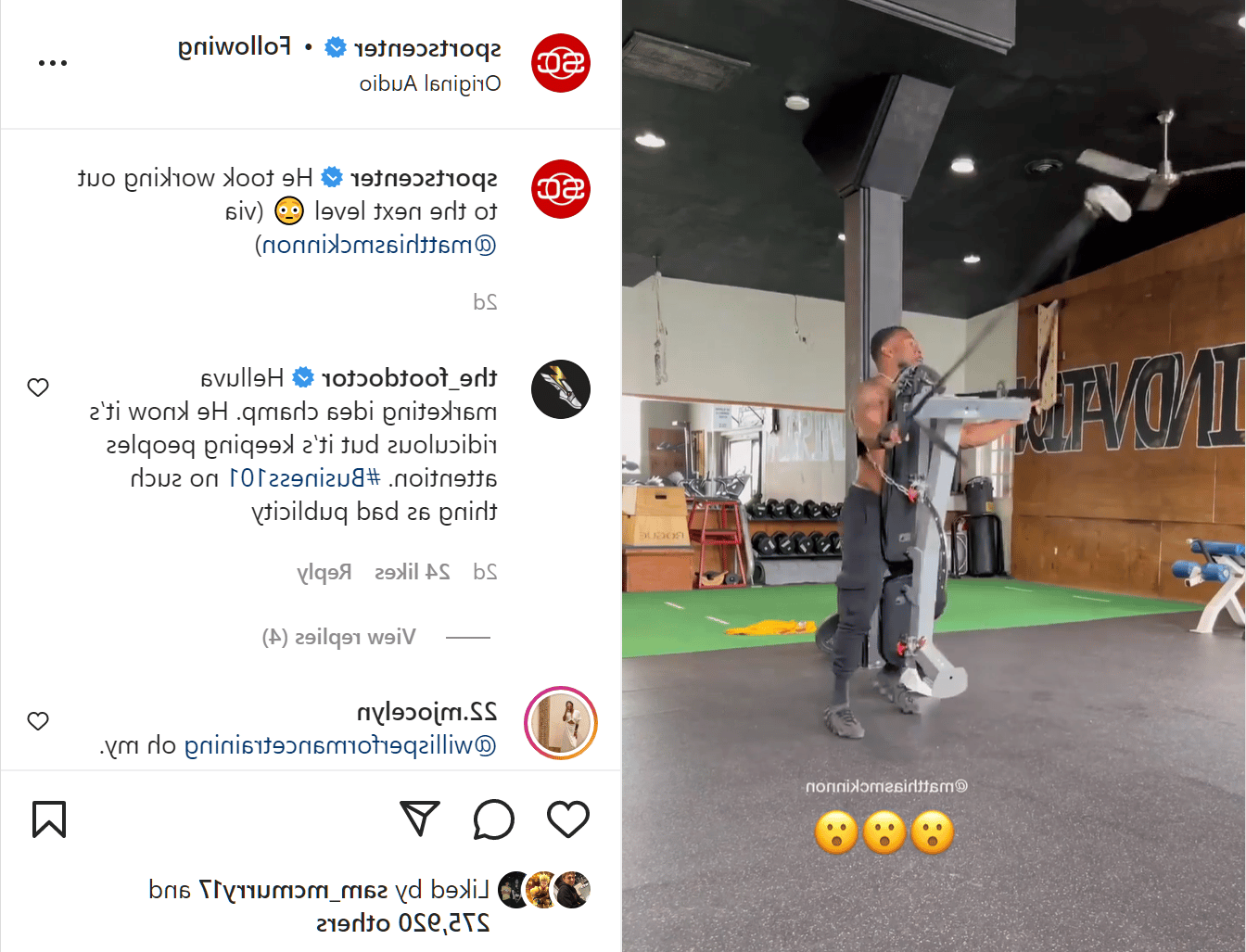
The fitness landscape over the past decade or two has become one of the most disappointing, yet promising industries. A stark contrast that creates disillusion, to the extent that much of the fitness promulgation is almost based on the same premises that magicians use: misdirection.
What you see (and hear) is not always what is really there.
Here are three hard truths to swallow about the fitness industry, said bluntly.
1.) “Functional Training” is a myth and Overused Term by mainly Unqualified Users
Ouch! Right?
Let’s quickly take a look at why.
When fitness really started to hit the scene in the 80’s and 90’s, the image was mostly anchored to large gym with “isolation” machines that targeted individual muscle groups.
As trends evolved, people began saying that isolated movements were not functional, (I was even guilty of this for a while) because ‘no one is ever in these positions in “real life”.
Everyday lifestyle requires global utilization of muscles, and multiple joints, and bending and standing, so training should therefore mimic those movements verses just a single joint exercise…
In come kettlebells, and compound movements, and box jumps, “core training”, and wait for it, stability and bosu balls to improve balance. Because these are the solutions to improving function in the body. Right?
Now, let me say that not all of these are inherently bad.
It’s just that designating them as more functional just because they require more global movement/stability does not make them more “functional” than say doing a seated leg extension.
As a professional, you have to really be able to think and challenge the accepted false reality of soundbites, like kettlebells are more functional.
Well, why are they called more functional?
What if someone has an inhibited glute muscle that prevents them from getting the extension needed to do an efficient KB swing?
Well, if you are a “trainer” who does not even assess and take that into consideration, but love using the term functional, then you don’t really understand function.
The best function can happen on a global scale only when things are working on a microscale.
Those seated leg extensions (isolation exercise) fortify the same muscle fiber contraction properties used in the kettlebell swing.
That sounds functional to me.
“Functional Training” in the sense that it is most commonly used, is overrated and over used.
2.) Isolation Exercises are Misunderstood
Let’s think about the bicep curls. One of the gym bro favorites.
It doesn’t require too much global effort, and when done correctly, you can feel it in the exact belly of the bicep, leaving you with the serious Arnold pump.
That day’s workout? “Back and Bi’s”.
The traditional workout split of bodybuilders.
Isolating different muscle groups.
Let’s think further about the bicep curls.
What is holding the dumbbell as you curl it?
Your hands and fingers. They have to use their musculature to bear down on the weight to keep it from falling.
But what also stabilizes the hand and wrist throughout the curl, and keeps it from pronating and supinating?
The muscles of the forearm.
They isometrically contract, stabilizing the hand, but also producing corollary forces to assist in flexing the elbow.
Not to mention the shoulder helping to stabilize the arm throughout the process.
Now will you extensively feel the same burn in these areas that you do the bicep? Not as much.
But are they working hard as Contributing factors?
Absolutely.
This is how Isolation Exercises can be misunderstood.
Very rarely, if ever, do muscles work alone during an exercise.
3.) Narcissism/Optics over Knowledge
Social media is a blessing and a curse at the same time.
It has become one of the main sources of information for consumers today.
It is literally designed to enhance the release of dopamine in the brain, and be a simple interface to receive new information.
This fortunately and unfortunately makes it easy to become known for just “showing up” as opposed to providing useful information.
Everyone has the opportunity to speak and be seen.
You can become an influencer SOLELY from putting out information that isn’t even correct.
People only believe you because they see you the most consistently on their timeliness, and you have a good amount of followers.
Narcissism SEEMS to be the source for many “content creators”.
A person has become “fit.” They make posts about it. People positively respond, feeding the sense of self, and now, you have an expert. Or more appropriately termed today, influencer.
The main problem with this is that “influencers” post things through their own life’s lens, and share that view.
In turn, what you SHOULD feel and or look like, or should be doing for exercise, should be what they’ve done.
Thus, the intention may be good, but the application is off.
As far as the optics, think about the silly assed video that was circulating not long ago of a man doing jump rope with what looked like a PVC pipe tied to nylon straps with an entire bench chained to his torso.
If you want to see the absurdity, then click here.
Now big outlets like Sports Center sharing this video with the caption “He took working out to the next level!”
Next level for who?
In short, there are more microphones than audience seats to listen. And just because more people want to show and speak their minds, does not make them right.
****************************************************************
There is light at the end of the tunnel. It is not all bad. And there are good, meaningful, and purposeful experts out there.
Just be curious enough to question what you hear and see, rather than automatically absorb everything thrown at you.
